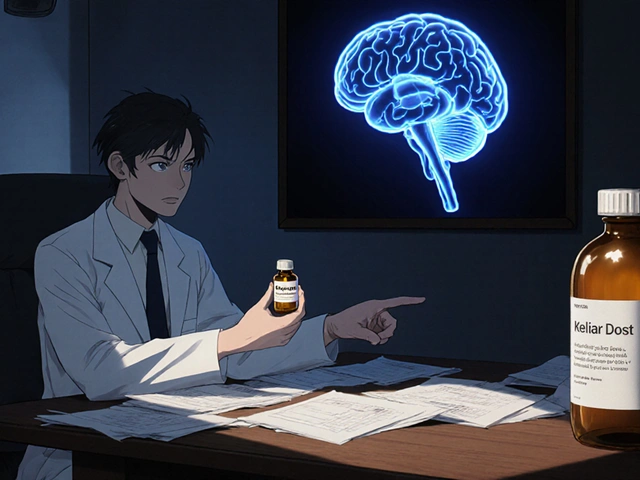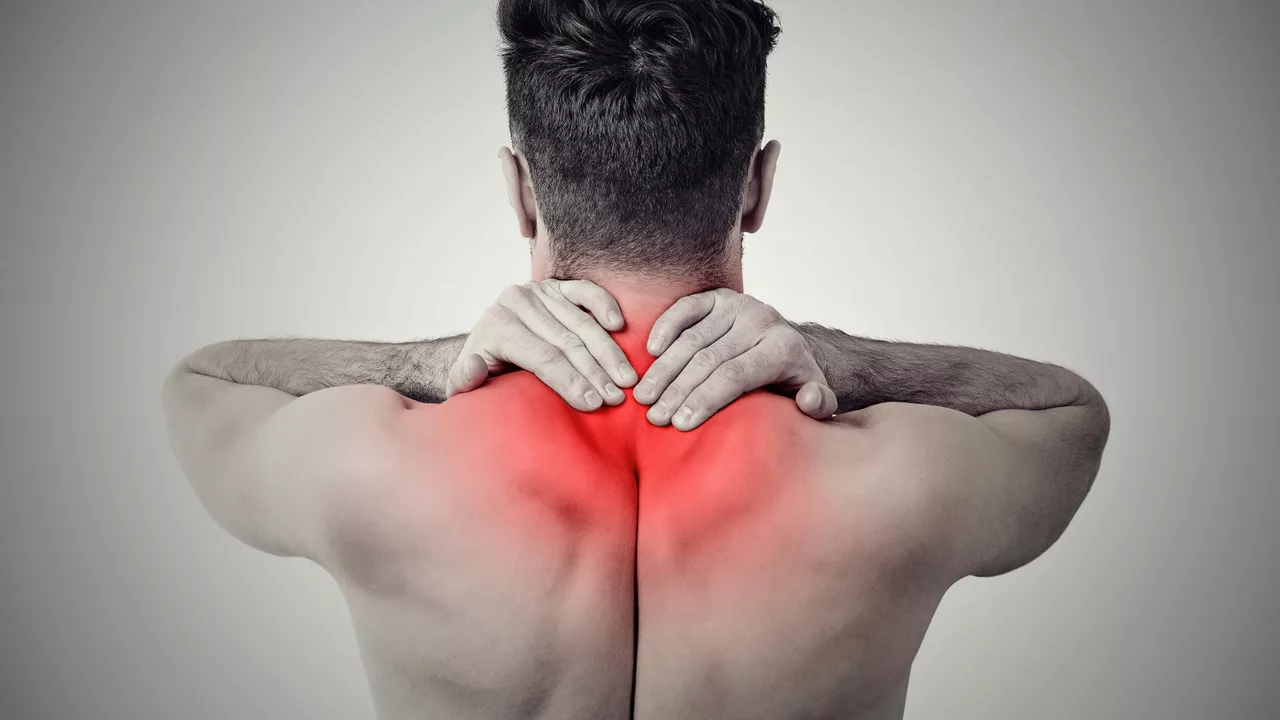Chronic Pain: Real‑World Ways to Find Relief
If you’ve been dealing with aches that just won’t quit, you’re not alone. Chronic pain sticks around for three months or more, and it can mess with work, sleep, even the mood you start your day in. The good news? You don’t have to suffer in silence. Below are straight‑forward steps you can take right now to ease the grind.
Know Your Pain Type – It Changes How You Treat It
The first move is figuring out what’s causing the pain. Is it musculoskeletal, like a nagging back or knee issue? Or is it neuropathic, the burning sensation you get after a nerve injury? Knowing the category helps you pick the right tools. For muscle‑related aches, doctors often prescribe baclofen or other relaxants to calm tightness. If nerves are firing off pain signals, meds such as topiramate (Topamax) sometimes work off‑label for migraine‑type headaches.
Build a Pain‑Management Toolkit
Don’t rely on a single solution. A balanced toolkit might include:
- Prescription meds: Muscle relaxants, anticonvulsants, or low‑dose antidepressants can target the pain pathway.
- Over‑the‑counter options: NSAIDs like ibuprofen help with inflammation, while topical creams give localized relief without stomach upset.
- Physical therapy: A therapist can teach you stretches and strengthening moves that keep joints stable and reduce flare‑ups.
- Lifestyle tweaks: Regular sleep, balanced meals, and gentle activity (walking, swimming) lower the overall pain load.
- Mind‑body tricks: Simple breathing exercises or short meditation sessions can quiet the nervous system, making pain feel less intense.
Mixing these approaches usually beats waiting for a single pill to do all the work.
When you’re hunting for medication info, stick to reputable sources. Our tag page pulls together articles on baclofen dosage, topiramate safety checks, and other chronic‑pain treatments so you can compare options without scrolling through endless forums.
Finally, keep a pain journal. Jot down when the pain spikes, what you ate, how active you were, and which meds you took. Over weeks, patterns emerge that you and your doctor can use to fine‑tune treatment.
Living with chronic pain isn’t easy, but using a clear plan—knowing the type of pain, stacking safe therapies, and tracking progress—puts you back in control. Browse the rest of our articles for deeper dives into each medication and lifestyle habit, then pick the steps that feel right for your life.
The Connection Between Muscle Stiffness and Chronic Pain Conditions
As a sufferer of chronic pain myself, I've been researching the connection between muscle stiffness and chronic pain conditions lately. It turns out that muscle stiffness can actually contribute to chronic pain, as tense muscles put pressure on our nerves and joints. This constant pressure can lead to inflammation, which in turn causes the pain we feel. Additionally, our bodies are designed to adapt and compensate for these imbalances, which can lead to even more pain and discomfort. So, it's essential to address muscle stiffness in order to manage chronic pain effectively.
About
Health and Wellness
Latest Posts


Elimite (Permethrin) vs. Top Scabies Alternatives - What Works Best?
By Orion Kingsworth Sep 24, 2025

Chinese Generic Production: Manufacturing and Quality Concerns
By Orion Kingsworth Nov 12, 2025

Imodium Guide: How to Use Loperamide Safely for Diarrhea
By Orion Kingsworth Sep 21, 2025

